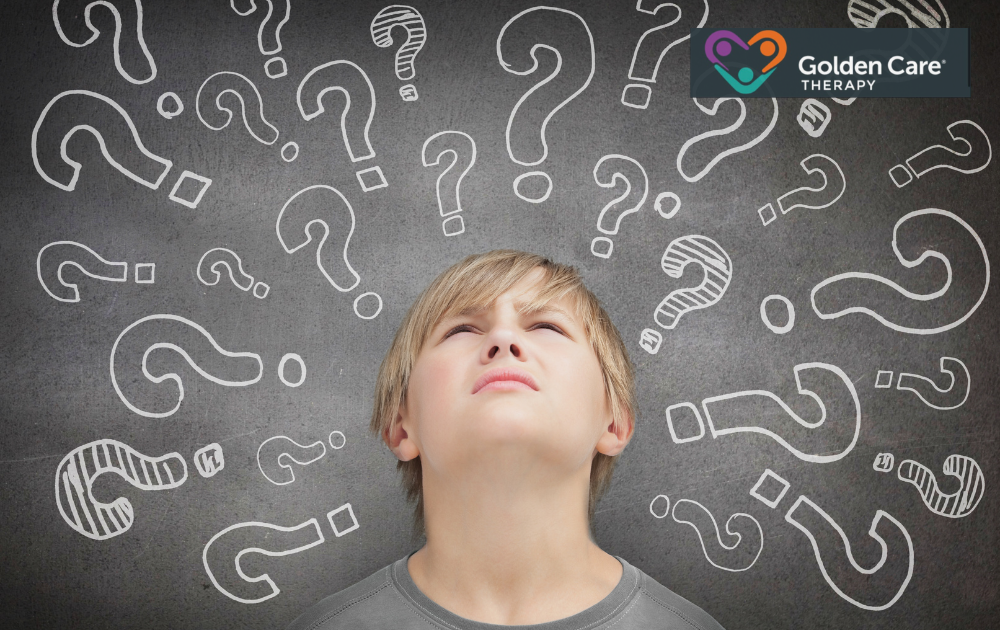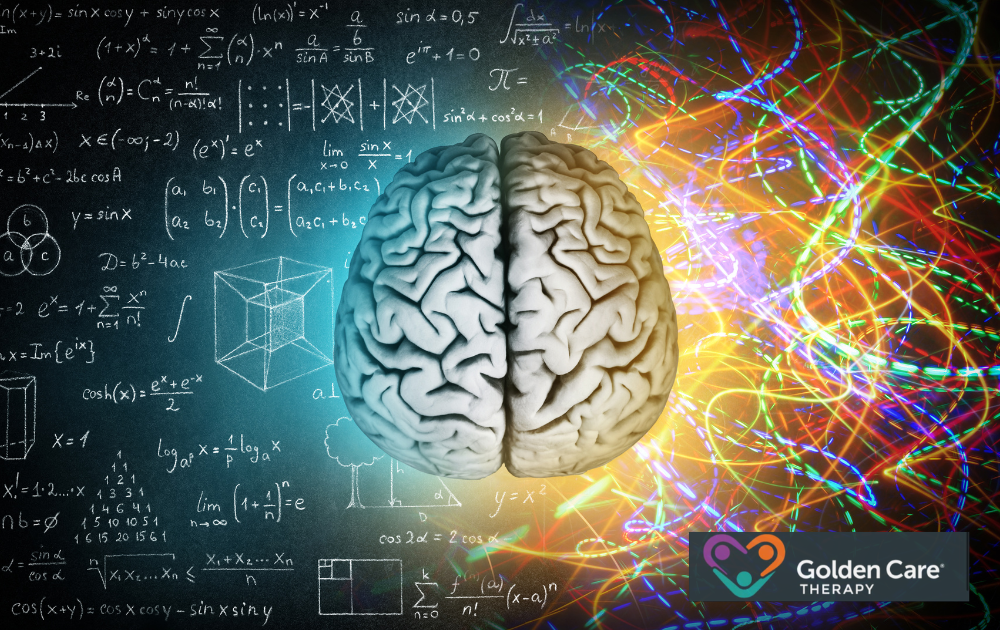
Table of Contents
Social cues are the subtle signals people use to communicate, often without words. These cues include facial expressions, body language, tone of voice, and eye contact, all of which help guide social interactions.
For individuals with autism, understanding and responding to these cues can sometimes be challenging. This can make social situations feel confusing or overwhelming.
As we look at common examples of social cues, it becomes clearer why they might be difficult to interpret and how they can affect communication for people on the autism spectrum. Understanding these differences can foster more compassionate and effective interactions.
Why are Social Cues Important?
Social cues play a fundamental role in human communication and interaction. They provide vital information about emotions, intentions, and social norms, helping individuals navigate various social situations effectively.
For autistic individuals, recognizing and responding to social cues can enhance their ability to engage with others and foster meaningful connections.
One key aspect of social cue comprehension is emotional co-regulation, an essential developmental stage where individuals, particularly children, learn to manage emotions with the support of adults.
Challenges in Interpreting Social Cues
Common Challenges with Social Cues in Autism
Interpreting social cues can be particularly challenging for individuals with autism, as these subtle, nonverbal signals often carry complex meanings.
While neurotypical individuals may instinctively recognize and respond to cues like facial expressions, tone of voice, and body language, people on the autism spectrum may struggle with these aspects of communication.
This difficulty can lead to misunderstandings in social situations, making it harder to engage in typical interactions.
Below are some common challenges that individuals with autism face when navigating social cues.
Eye Contact
Eye contact is often one of the most recognized social cues. In many cultures, maintaining eye contact indicates attentiveness and respect. However, for individuals with autism, making eye contact can feel overwhelming or uncomfortable.
Some autistic individuals may avoid eye contact entirely, while others may stare too intensely without understanding how to balance this subtle exchange. It’s important to note that the discomfort or avoidance of eye contact isn’t necessarily a sign of disinterest or lack of empathy.
Instead, it may stem from sensory sensitivity or difficulty processing too much visual information at once.

Facial Expressions
Tone of Voice
The tone of voice is another complex social cue that can be hard to interpret. The same phrase can have different meanings depending on how it’s said.
For example, saying “Really?” in a surprised, excited tone conveys interest, while saying it in a flat, unenthusiastic tone may imply boredom or skepticism. Individuals with autism may struggle to pick up on these vocal nuances and may interpret words literally without considering how they are being said.
In some cases, individuals on the autism spectrum may also have differences in their tone of voice. They may speak in a monotone or with an exaggerated rhythm, which can make their speech sound “robotic” or less emotionally varied.
This doesn’t mean they don’t experience emotions – it simply means that expressing those emotions through vocal inflection may be more difficult for them.
Body Language
Body language is an important aspect of social interaction, and it encompasses gestures, posture, and physical distance. For many people with autism, recognizing and responding to body language can be challenging.
For example, a person standing with their arms crossed might indicate they are feeling defensive or closed off, but an autistic individual may not pick up on this.
Similarly, understanding personal space can be difficult, with some individuals standing too close to others or, conversely, too far away during conversations.
This disconnect in interpreting body language can sometimes lead to social awkwardness or discomfort in group settings. Without understanding these nonverbal signals, it can be hard for someone with autism to know when a conversation is ending, when it’s their turn to speak, or when someone may be feeling uncomfortable.

The Brain and Social Cues
Impact on Social Perception
The altered brain activation patterns observed in individuals with autism have a direct impact on their social perception and interactions. Challenges in interpreting social cues, particularly non-verbal cues like facial expressions and gaze, can lead to misunderstandings and difficulties in engaging with others effectively.
The tendency to prioritize direct eye contact over other social cues may influence how autistic individuals perceive and react to social situations. Parents, caregivers, and therapists need to be aware of these distinct brain activation patterns and their implications for social perception in individuals with autism.
The Key Takeaway
Understanding social cues can be a challenge for those with autism, but recognizing and practicing these cues can make social interactions smoother and more enjoyable.

Embracing these small steps can lead to big improvements in relationships and overall social experiences. If you’re seeking tailored support and guidance for your child’s needs, consider exploring ABA therapy in NJ, Indiana, Georgia, and New York via Golden Care Therapy. Contact us today to learn how our expert services can help make a difference.
Sources:
- Video Modeling and Its Impact on ABA Learning - September 27, 2024
- Strategies for Teaching Turn-Taking in Autism - September 27, 2024
- Understanding Social Boundaries in Autism - September 27, 2024
